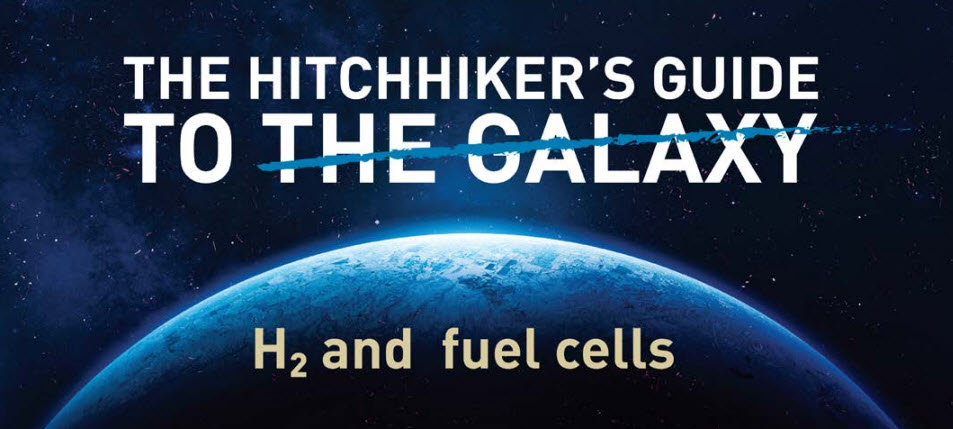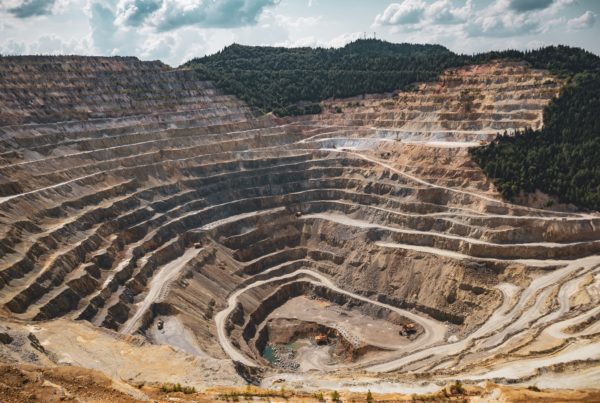
Platinum groups metals have a significant role to play in unlocking a global de-carbonised energy system. The world’s current energy system is reliant on carbon intensive fossil and other fuels with the associated negative impact on climate change and global warming. There is however a decarbonised alternative in the form of the hydrogen economy and PGM-based technologies through proton exchange membrane fuel cells and electrolysis to unlock the versatility of hydrogen as an energy source.
The hydrogen infrastructure needed to support the hydrogen economy is already being rolled out in early adopter markets such as California, Europe, Japan, Korea and China. Availability of this infrastructure enables the deployment of proven fuel cell electric vehicles (FCEVs) which are already commercially available and include, amongst others, the Toyota Mirai, Honda Clarity, Hyundai ix35 and Nexo. Alongside these passenger vehicles, hydrogen fuel cell powered forkliftshave already realised commercial success. More recently, in heavy duty applications, Ballard announced the planned deployment of 500 fuel cell trucks and 28 fuel cell buses, with another 90 buses to be built by the end of 2018. In addition, Anheuser-Busch has reserved up to 800 fuel cell trucks from Nikola Motor Company for their delivery fleet.
Specifically in China, the Government’s New Energy Vehicle programme, and associated subsidies, has been very successful in stimulating the market for electric vehicles, with hundreds of vehicles already being deployed. A comprehensive FCEV roadmap has been drawn up by the Society of Automotive Engineers of China which envisions 50,000 FCEVs on the road in the next seven years and 1 million by 2030. This roadmap is underpinned by the stated objectives for hydrogen and fuel cells in the 13th Five-Year Plan and the ‘Made in China 2025’ initiative. There are also local government initiatives in cities such as Rugao, Foshan, Suzhou, Taizhou and Yunfu that have set up hydrogen energy town projects to promote the development of an integrated fuel cell and hydrogen industry.
Whilst Johnson Matthey (JM) estimates that around 40,000 ounces of platinum were used in fuel cells in 2017, FCEVs are expected to be an important future demand driver for the metal. JM estimates platinum demand from FCEVs could reach the equivalent of 5% of autocatalyst demand by 2025.
There are still barriers to wide-scale adoption of hydrogen as an energy source, and consequently FCEVs. Hydrogen technology roll-out will require large-scale investment and effort and therefore a stable, co-ordinated, long-term regulatory framework, with associated incentive policies, is needed. We are starting to see this happen in reality, and the trip to China is to showcase some of these developments.
In closing, this booklet has been developed as a ‘hitchhiker’s guide’ to hydrogen and fuel cells as a background and reference booklet for those attending the Anglo American Platinum ‘Demand for PGMs China roadshow’ and will be available on the company’s website.
Read the most up to date Fuel Cell and Hydrogen Industry news at FuelCellsWorks




